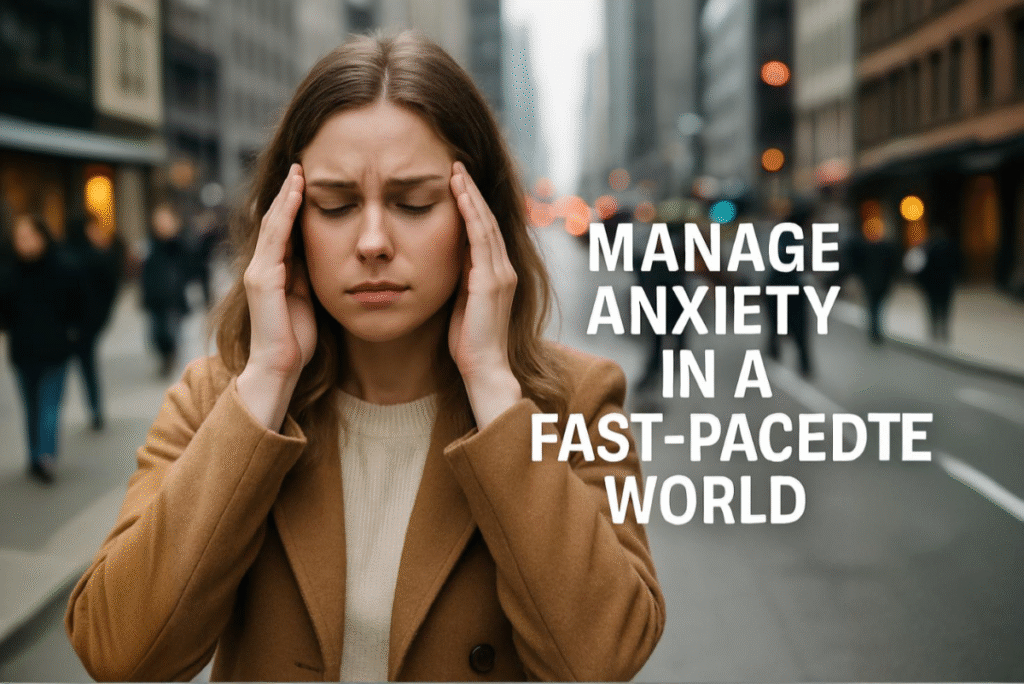Introduction: Why Anxiety Is Skyrocketing in the U.S.
Anxiety is no longer an individual burden, it’s a national epidemic. More than 42% of American adults report daily stress as a big health concern, according to the American Psychological Association. Endless news cycles and economic instability, workloads and digital distractions: the rhythms of modern life can feel untenable.
But for all its increasing ubiquity, anxiety is manageable. With the proper tools, mindset shifts and expert guidance, anyone can learn how to find calm — even if you have to work at it multiple times a day.
What Is Anxiety in Today’s World?
As Anxiety is an instinct to respond to perceived threats or pressures, in the present case, the hyperconnected world allows the brain sometimes to view even the fairly routine activity-worthy events-such as an email notification or being stuck in jam-as danger signals. These antiquated responses diminish people into a constant low-grade state of fight-or-flight that adversely impacts their health, both mental and physical.
Dr. Ellen Vora, holistic psychiatrist and author of The Anatomy of Anxiety, says:
“A lot of what we call anxiety is actually avoidable—driven by lifestyle factors like blood sugar swings, sleep deprivation, and chronic stress.”
Real-Life Case Study #1: Sarah, 29 – Tech Worker, San Francisco
Sarah, a product manager at a high-growth startup, was working 12-hour days, constantly on Slack, and attending late-night meetings with global teams. Within six months, she developed insomnia, chest tightness, and daily anxiety attacks.
She sought therapy and was diagnosed with Generalized Anxiety Disorder (GAD). Her healing journey involved reducing caffeine, incorporating daily mindfulness, and setting digital work boundaries (like no emails after 7 PM).
Today, Sarah still works in tech—but she says, “I’ve learned that saying ‘no’ to constant urgency is saying ‘yes’ to my peace of mind.”
Common Anxiety Triggers in the U.S.
Here are some of the leading causes of anxiety specific to American life today:
| Trigger | Impact on Mental Health |
|---|---|
| Work Overload & Burnout | High pressure leads to chronic stress and sleep disruption |
| Economic Uncertainty | Debt, housing, and inflation anxiety |
| Social Media & Comparison | Fuels insecurity and fear of missing out (FOMO) |
| Overstimulation (News, Tech) | Constant alerts keep the nervous system on edge |
| Poor Lifestyle Habits | Irregular sleep, processed foods, and screen addiction worsen symptoms |
1. Set Boundaries with Work and Technology
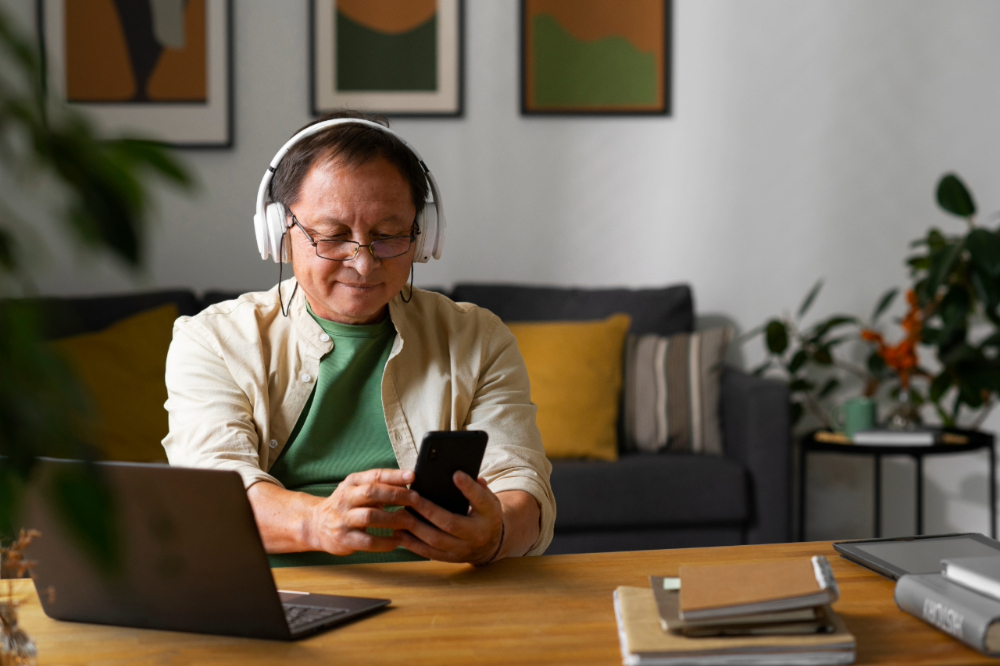
Americans are checking their phones 352 times per day on average. The inability to disconnect—even outside of work hours—keeps the brain in a heightened state of stress.
How to Set Boundaries:
- Use tools like Do Not Disturb, Inbox Pause, or Focus Mode
- Establish “tech-free” hours—especially before bed
- Create a designated work zone to separate work from personal life (especially for remote workers)
Cal Newport, author of Digital Minimalism, explains:
“The ability to be alone with your thoughts is essential for mental health. Constant digital engagement prevents this.”
2. Incorporate Daily Mindfulness Practices

Mindfulness is much more than a current trendword; it evidences neuroscientific sustain. Regular meditation shrinks the amygdala of our brain (the centre of fear) and activates the prefrontal cortex (involved in decision-making and emotional regulation).
Tools to Try:
- Headspace and Calm for meditation
- The box breathing technique involves four breaths, four holds, four exhalations, and four holds.
- Daily Gratitude Journaling, shifting focus from anxiousness to present awareness
Real-Life Example:
Jason, a 45-year-old Austin teacher, continued to struggles with panic attacks before going to work. Starting a 10-minute daily mindfulness practice on Insight Timer, he saw significant improvement in mood and resilience in 3 weeks.
3. Exercise to Release Anxiety Naturally

You don’t need to be a marathon runner—just 30 minutes of walking daily can reduce anxiety symptoms significantly. Physical activity increases endorphins and GABA, a neurotransmitter that calms the nervous system.
U.S. Case Study:
Emily, a nurse from Ohio, found her anxiety was peaking during COVID. She began walking her dog twice a day and added 15-minute YouTube workouts at home. “It was a game-changer,” she says. “My mood and energy got better in just a few days.”
Dr. John Ratey, Harvard psychiatrist, writes:
Exercise is the best thing you can do for your brain in terms of mood, memory, and learning.
4. Watch What You Eat (Your Gut Feeds Your Brain)

A connection between the gut and the brain exists. Diets with much processed sugar, refined carbohydrates as well as caffeine make anxiety symptoms worse. Diets with whole foods that have fiber, omega-3 fatty acids next to probiotics make mental clarity plus emotional stability better.
Anxiety-Friendly Foods:
| Food | Why It Helps |
|---|---|
| Salmon (Omega-3) | Reduces inflammation and anxiety |
| Yogurt/Kefir | Probiotics support gut health and serotonin production |
| Leafy Greens | High in magnesium—a natural relaxant |
| Blueberries | Rich in antioxidants that combat stress |
| Green Tea | Contains L-theanine for calming focus |
5. Challenge Negative Thinking Patterns
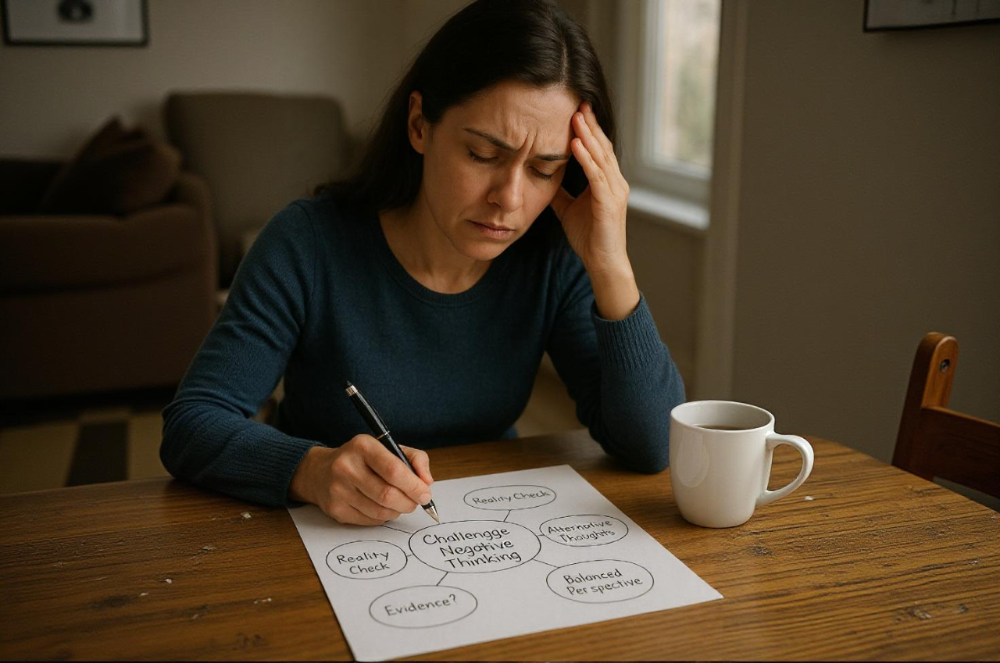
Anxiety thrives on catastrophic thoughts and “what-if” scenarios. Cognitive Behavioral Therapy (CBT) teaches how to interrupt those patterns.
Dr. David Burns, pioneer of CBT and author of Feeling Good, writes:
“When you change the way you think, you can change the way you feel.”
Example Thought Reframe:
- “If I mess up this meeting, I’ll lose my job.”
- “One meeting doesn’t define my value. I have been well-prepared and will try my hardest.”
Apps like MindShift CBT, Woebot, and Moodnotes help guide users through thought restructuring in real-time.
6. Sleep Is Not a Luxury—It’s Mental Medicine
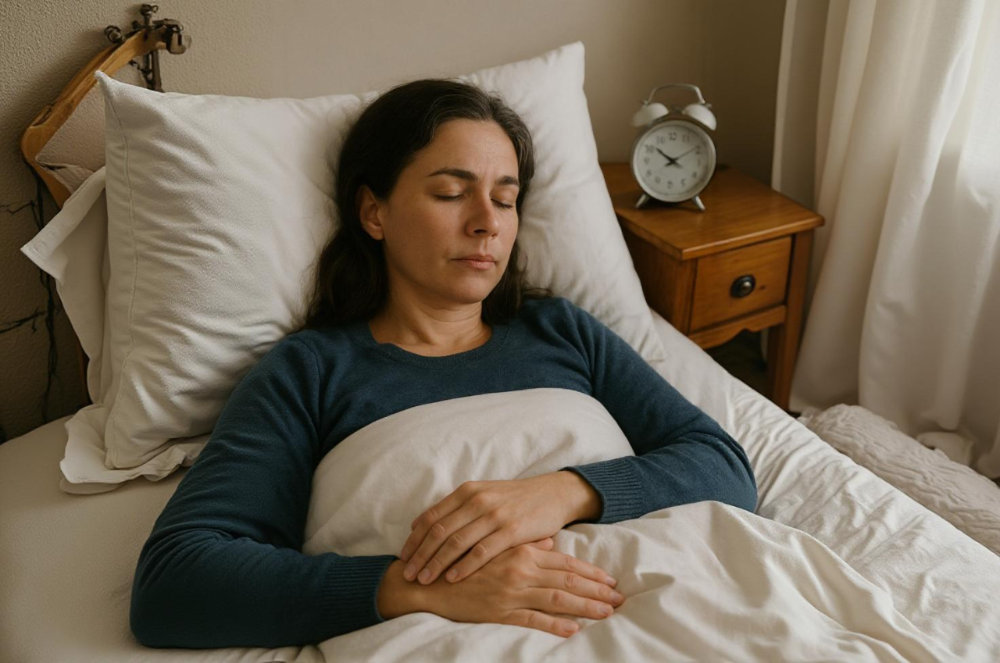
The CDC reports that 1 in 3 adults in the U.S. don’t get enough sleep. Yet, lack of sleep is a major trigger for anxiety.
How to Improve Sleep:
- Stick to a consistent bedtime—even on weekends
- Avoid caffeine after 2 PM
- Use blue-light blocking apps or glasses at night
- Kick back and enjoy some chill time with a nice warm bath or a good book.
Case Study:
Thomas, a 39-year-old entrepreneur from Chicago, began struggling with panic attacks. His therapist traced the pattern to sleep deprivation. After using a white noise machine, cutting late-night screen time, and journaling before bed, his symptoms subsided within two months.
7. Seek Professional Support (Without Stigma)
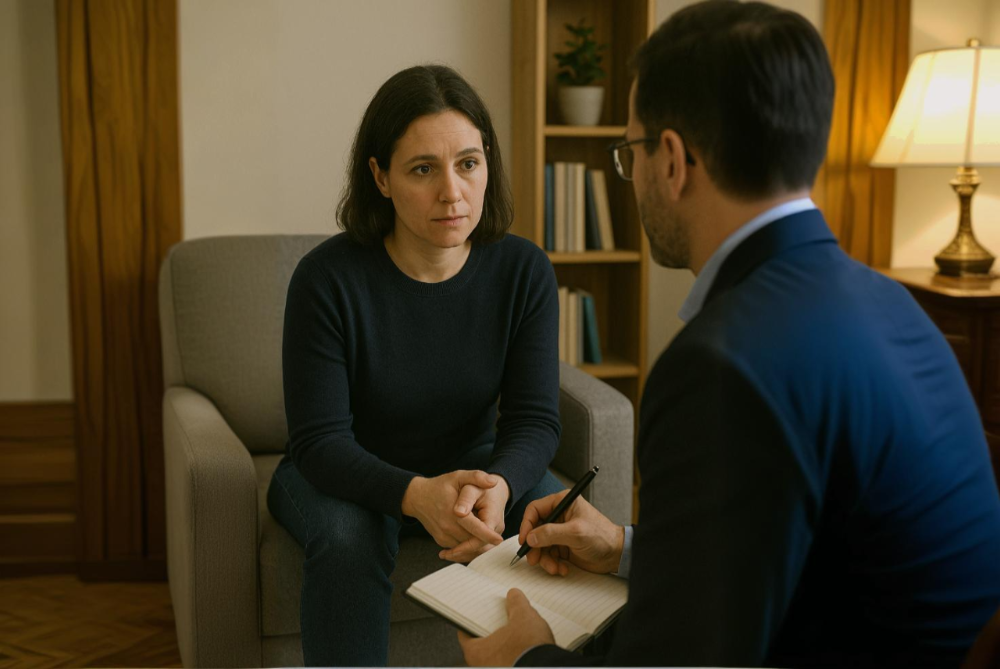
Therapy moved past a social taboo – it is a deliberate, positive action. People can use traditional counseling or support through the internet. Getting help often leads to a significant change.
Accessible Mental Health Resources in the U.S:
- Online therapy services are offered by BetterHelp and Talkspace.
- Open Path Collective offers U.S. therapists at a lower cost.
- The National Alliance on Mental Illness (NAMI) has support groups plus resources.
- The 988 Mental Health Crisis Line provides free help anytime.
Dr. Lisa Damour, psychologist and NYT contributor:
“In a world that demands a lot of us, asking for help is not just acceptable, but crucial.”
Final Thoughts: Reclaiming Calm in a World That Won’t Slow Down
We have no control over the world’s speed, but we do have control over how we respond to it. Anxiety is not a shortcoming. It is a message from the brain and body stating, “Something needs care.
”Through the use of practical tools, regular habits as well as the bravery to get help, one can handle anxiety and discover times of calm, even in America’s stressful culture.
FAQs
A1. Common signs include constant worry, racing thoughts, difficulty sleeping, irritability, fatigue, muscle tension, and trouble concentrating due to information overload or tight deadlines.
A2. The fast pace of modern life—constant digital connectivity, multitasking, work pressure, and social comparison—triggers the body’s stress response more frequently, making anxiety more common.
A3. Prioritizing sleep, reducing caffeine, maintaining a healthy diet, regular physical activity, and digital detoxing can naturally reduce anxiety levels over time.
A4. If anxiety interferes with daily functioning, causes panic attacks, or persists for several weeks despite lifestyle efforts, it’s important to consult a mental health professional.
A5. Yes, effective time management helps set boundaries, reduce overwhelm, and create structure, all of which can significantly ease anxiety in fast-paced environments.
